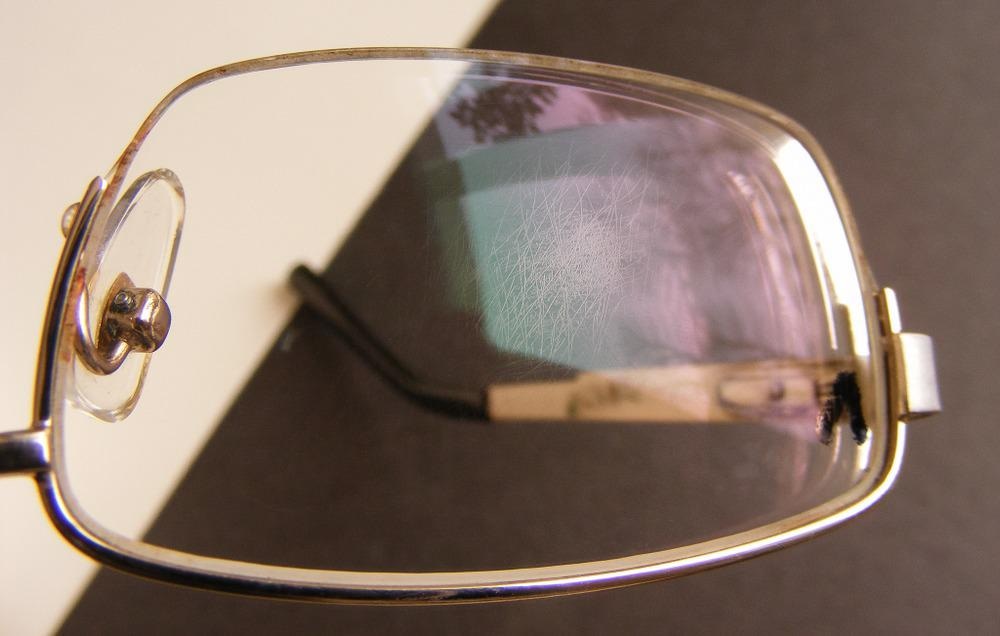A scratch or dent on a piece of glass can affect its aesthetic qualities, but what about those nano-sized defects you cannot see? These nano flaws, created when a tiny foreign object meets the glass surface, can lead to the deterioration of the glass’ mechanical properties and technical applications.

Image Credit: ULD media/Shutterstock.com
The effect of this damage needs to be understood, and researchers from Penn State University have – for the first time – revealed the subsurface changes caused by nanoscale wear and damage on silica glass using spectroscopy.
Glass Surface Science
The team cite Gorilla Glass as a good example of a material altered by nano indents or flaws. Used as display glass for electronics such as mobile phones and more recently in car and airplane windshields, the glass is extremely strong when it leaves the manufacturing plant, but is weakened by the time it reaches the manufacturer.
Studying glass surface science is Seong Kim, a distinguished professor of chemical engineering at Penn State. His research group’s focus is “chiefly the relationship between property, the structure of the glass, and mechanical and chemical properties, especially mechanical durability and chemical durability,” he explains.
One of the techniques Kim and his group have been using is vibrational spectroscopy, “But the challenge of the nanoscale structural analysis of a glass surface is that many of the spectroscopy techniques that people use widely do not work here,” says Kim.
Infrared spectroscopy can detect surface defects for example, but only to a certain degree; anything smaller than 10 µm – below the wavelength of infrared spectroscopy – cannot be analyzed or imaged appropriately. Raman spectroscopy is more widely used in the glass research community and is better in terms of spatial resolution, but it is still not satisfactory for structural analysis.
Novel Spectroscopy Technique
As a result, Kim and his research group developed a spectroscopy technique capable of determining what kind of structural changes occur around nano-level indentations on a silica glass surface. They used nanoscale infrared spectroscopy and reactive molecular dynamics simulations to study these subsurface variations.
The team indented the glass surface with a tiny tip that made nano indents measuring a few hundred nanometers deep, and one or two microns wide. “So, because the maximum size of the indents were only a few microns, we needed to have a highly spatially resolved infrared spectroscopy technique to characterize this,” explains Kim.
They employed a new instrumentation technique known as hyperspectral near-field optical mapping, which provides both optical spectral resolution and high-spatial-resolution, and utilizes a scattering scanning near-field optical microscope.
“Until very recently, studies like Seong’s were either indirect because you cannot really do imaging of the small things happening at the nanoscale, or they will be touching on physical things like atoms or molecules but not the optical properties,” explains Slava V. Rotkin, Penn State Frontier professor of engineering science and mechanics, who implemented the new technique.
So, our instrument is really unique because it allows you to do optics studies at extremely small scales, which was never possible in the past.”
Slava V. Rotkin, Penn State Frontier professor of engineering science and mechanics
The study revealed that the silicon-oxygen bond length distribution within the silica became elongated around the flaw. What this means is that the Si-O bond is slightly longer around the indent rather than in pristine areas and is accompanied by a decrease in molecular volume. This was indicative of chemical plasticity at the sub-Angstrom level (i.e., below 0.1nm) the researchers believe.
This new spectroscopy technique can identify some of the smallest imperfections in glass. The team hopes that its work, published in Acta Materialia, will lead to improvements in glass products widely used in the everyday world such as electronic displays and vehicle windscreens.
References and Further Reading
Optics.org (2021) Penn State develops spectroscopy to better identify imperfections in glass... – Optics.org: https://optics.org/news/12/5/36. Accessed 9 June 2021.
Hongtu, H. et al. (2021) Subsurface structural change of silica upon nanoscale physical contact: Chemical plasticity beyond topographic elasticity – Acta Materialia: https://doi.org/10.1016/j.actamat.2021.116694. Accessed 9 June 2021.
Disclaimer: The views expressed here are those of the author expressed in their private capacity and do not necessarily represent the views of AZoM.com Limited T/A AZoNetwork the owner and operator of this website. This disclaimer forms part of the Terms and conditions of use of this website.